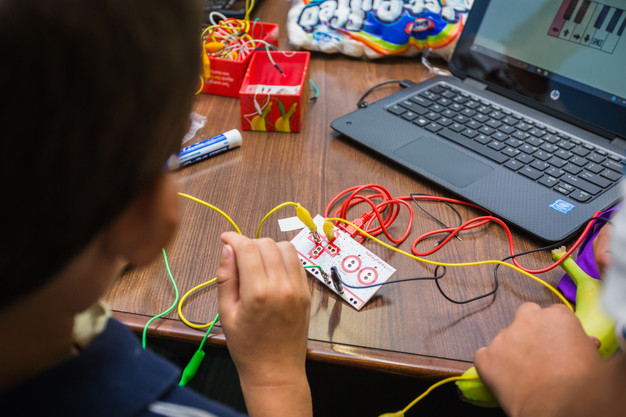1. Celebrate patenting easier
For nearly A century, our culture has seemingly indoctrinated us in TV, books and flicks to believe that individuals must patent our ideas immediately, lest they fall towards the wayside or be stolen. It's an expensive and complicated tactic to take a rough idea and turn a patent, so that you wouldn't desire to enter that $10,000-plus arena without getting prepared, right?

Ahead of 1880 you really had to have a prototype built before it may be patented. While it's not required now, a prototype is a superb approach to reveal that you built it first. Also, building your idea eliminates the advantages featuring that won't happen to be immediately evident within the rough idea stage. Now, you are able to patent this too, which might offer the best protection in the long run.
The whole process of building a prototype will greatly direct you towards writing, drawing and preparing your patent papers, which may save lots of money.
2. Lessen your invention's design
Once you build your idea in to a prototype, you can now actually test drive it in real life situations and appearance out for design or concept flaws. Some might wish to go down the road of creating a "virtual prototype." Now, there are plenty of benefits to presenting a painter create a 3D rendition of one's product -- it is simple to present it to potential buyers, you can obtain a low-cost concept of how it can look when it is built and you will choose visual features of the item -- however, a "virtual prototype" can't be tested in person. Remember, real life as well as the virtual world are completely various and 3D drawings don't take into account everything.
Furthermore, this is a great time and energy to exercise the aesthetics of your product, creating it for the best user. As an example, you want to ensure its size isn't too large or threatening, if the user is a child. Alternately you need so that it is durable enough in the event the user is a mechanic.
Again, many of these tweaks etc will help you out when patenting, since you know what to draw up and just what the huge benefits are of these characteristics, which didn't exist if this was at its conceptual phase.
3. Prototypes determine the manufacturing process
Eventually, whether it is you or the person you have the ability to sell the thought to, someone will have to produce your invention. Prototyping can help you determine what manufacturing processes is going to be required. Will it be injection molded, ultrasonically welded or die cut?
You may need to determine a brand new manufacturing way to make your invention, but you'd need to know all this before a producer or perhaps a corporation are certain to get on board with your project.
4. Determine the proper price
The only method to truly know what the product will truly cost to manufacture is by prototyping it. Just like finding out how it'll be manufactured, you'll know exactly what the materials to construct you will be charged or at best what sorts of materials you will employ.
When prototyping, think about the cost you need to meet. Obviously, this should likely have were only available in design, but later you might realize you should construct it cheaper. It's a good time to analyze the style in order to find ways it could be changed to satisfy a better cost of manufacturing. And, since would certainly be achieving this before you decide to patent, you'll save yourself by lacking to file an amendment or perhaps a second patent.
5. Celebrate less complicated to license or sell
Having a prototype ready, you'll not just be able to explain what are the features and benefits of one's invention are, but in addition be capable of getting into the numbers to clarify the expense of producing, the way it will be built, etc. This shows professionalism, reliability , companies respect it. For days on end, lots of well-meaning individuals have submitted ideas as just paper drawings or hard-to-interpret patents, but obtaining the prototype all set to go -- an additional benefit if you have sample packaging -- means a great deal.
Another highlight is the enjoyment factor when presenting an actual, working prototype. Now, they have something to talk about, look at and connect to. This gets marketing people going when considering the way to advertise and showcase it. It also lets everyone handle it and see for their own reasons the validity of your project. Demonstrations sell.
So, don't underestimate the power of prototyping your invention. It's not only on the very heart of inventing, however it will greatly benefit you in the long run.